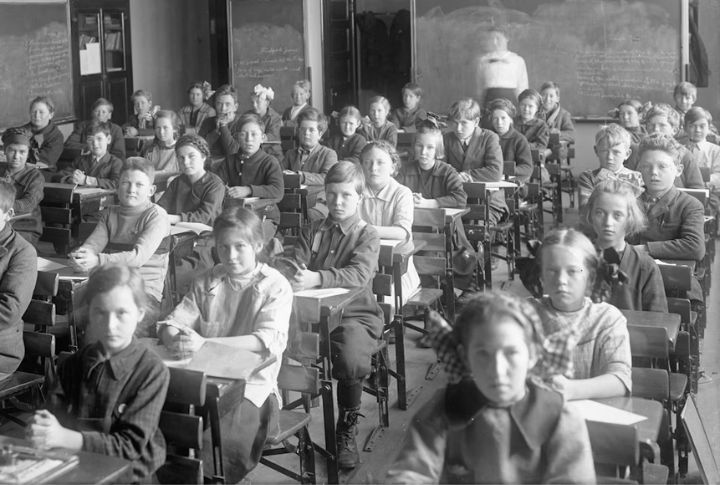
If you grew up in the 1980s, school might feel like another world now. The expectations were tougher, and the boundaries between students and teachers were crystal clear. What passed as “normal” discipline or classroom behavior then would raise eyebrows today. Here’s a look back at the classroom rules that shaped a generation and why they wouldn’t make it past the first bell now.
Corporal Punishment
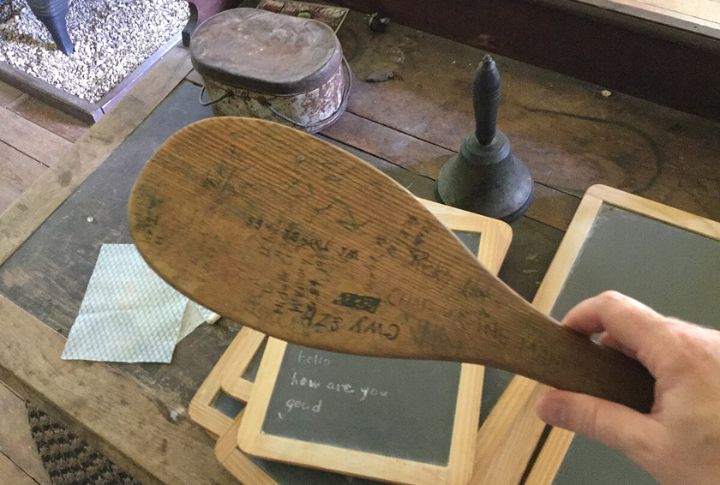
It’s hard to believe that just a few decades ago, school administrators proudly displayed paddles behind their desks like trophies, using these wooden instruments to discipline students. Today’s educators have largely abandoned such physical punishment, as our society has developed an understanding of appropriate school discipline.
Forcing Lefties To Write Right-Handed

In the 1980s, many schools still viewed left-handedness as a problem that needed fixing. Teachers forced left-handed children to write with their right hand, sometimes using harsh methods like hitting knuckles or making them redo work done with the “wrong” hand.
Publicly Posted Behavior Charts
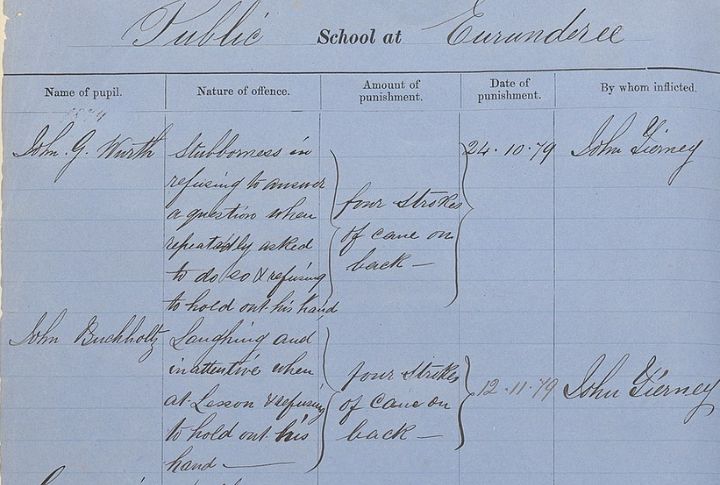
Teachers once used behavior charts as public scoreboards of conduct. A single mark beside your name could follow you for weeks, shaping how classmates treated you. By the late 1990s, these charts quietly disappeared as educators noticed how they reinforced reputations instead of improving behavior.
Bathroom Denial As Punishment
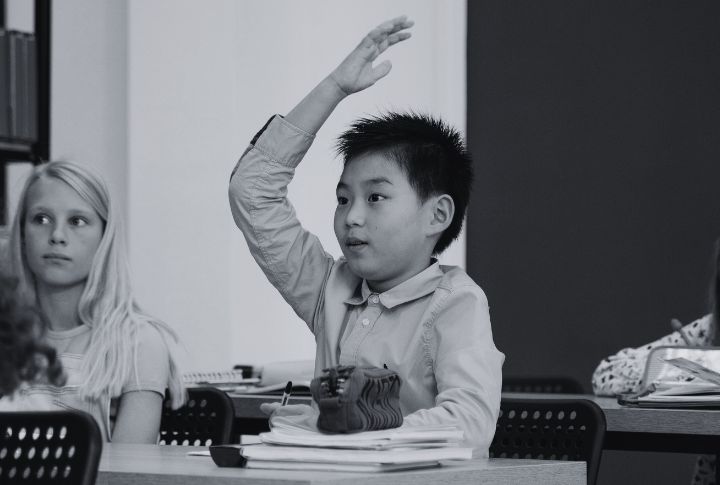
If you ever sat through class desperate for a bathroom break, you know how miserable it could be. In the past, teachers would refuse such requests as a form of discipline. The practice left students anxious and humiliated until schools recognized that withholding basic needs was both unfair and harmful.
Mandatory Gender-Segregated Seating And Classes
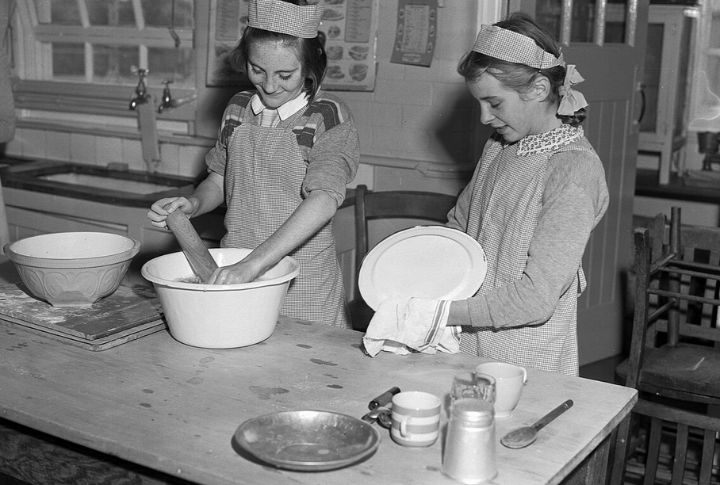
Classrooms in the past often separated boys and girls, from assigned seating to gender-based subjects like shop or home economics. These divisions reflected old social expectations. Today, most schools reject such practices and promote mixed learning as more equal and inclusive.
Collective Punishment For One Student’s Misbehavior
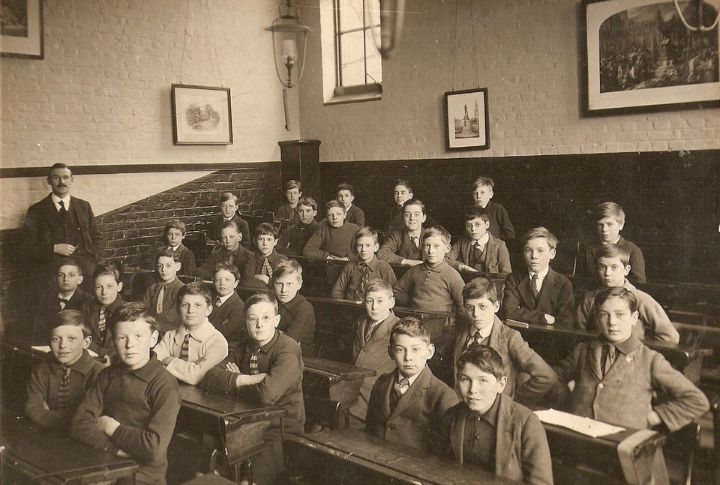
Collective punishment was a staple of classroom discipline. One student’s behavior could lead to the entire class losing privileges, reinforcing control through shared consequences. Gradually, this practice was challenged for its unfairness, prompting schools to adopt more individualized and constructive disciplinary methods.
Standing Facing The Wall
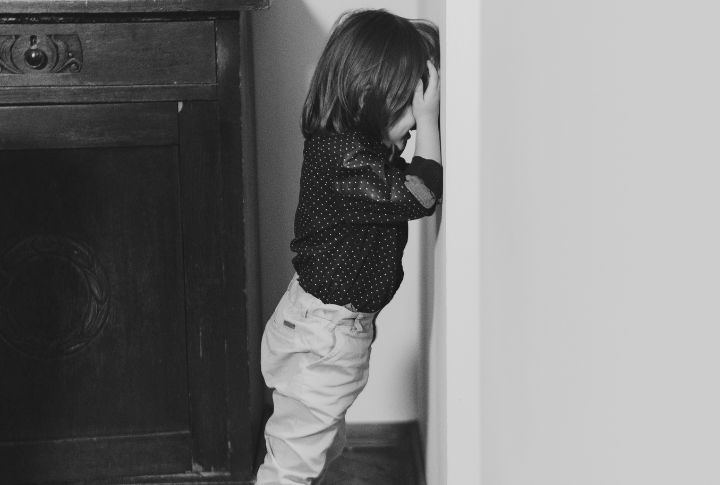
You might remember seeing a classmate sent to the corner for everyone to watch. In the 1980s, teachers used this kind of humiliation to enforce control, even outdoors on stumps in some cases. Educators eventually realized that shame-based discipline led to fear rather than improved behavior.
Smoking Areas
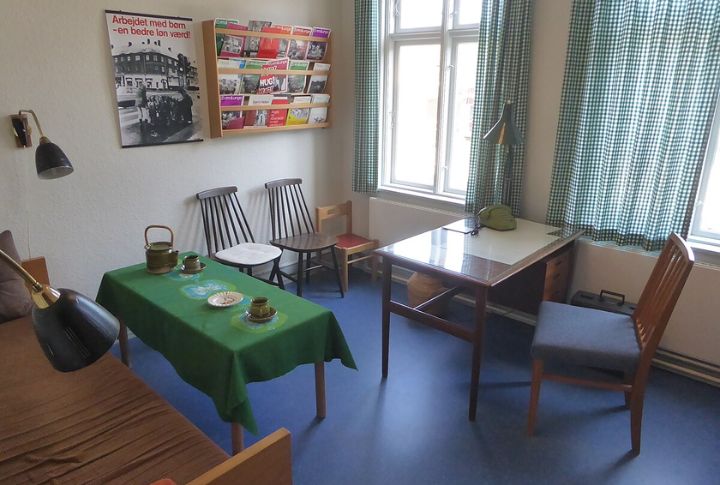
Smoking was surprisingly normal in early schools. Teachers had staff lounges filled with smoke, and some campuses even allowed students designated “smoking pits.” Now, these habits are unthinkable, as school grounds everywhere have completely banned smoking for health and safety.
No Backpacks Allowed
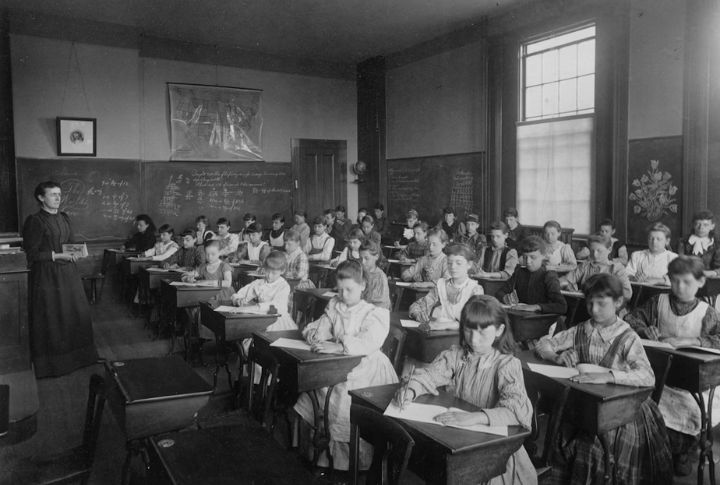
During the 1980s, many schools banned backpacks in classrooms. Students had to rush between lockers to grab books between periods, which made them late or disorganized. Later on, people finally acknowledge that backpacks actually support learning and help students stay prepared and efficient.
Public Weigh-Ins In Gym Class
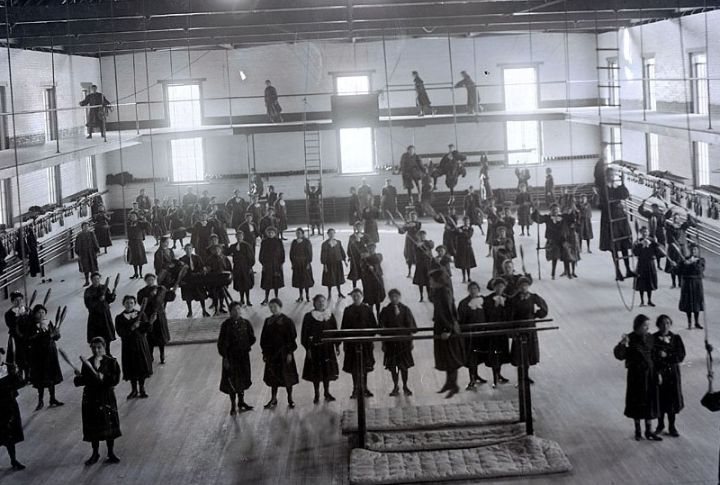
Public weigh-ins were a routine part of old physical education, meant to track fitness progress. However, they instead fueled shame and unhealthy self-comparison among students. Today’s physical education programs use confidential fitness checks to encourage participation without compromising students’ emotional comfort or confidence.

